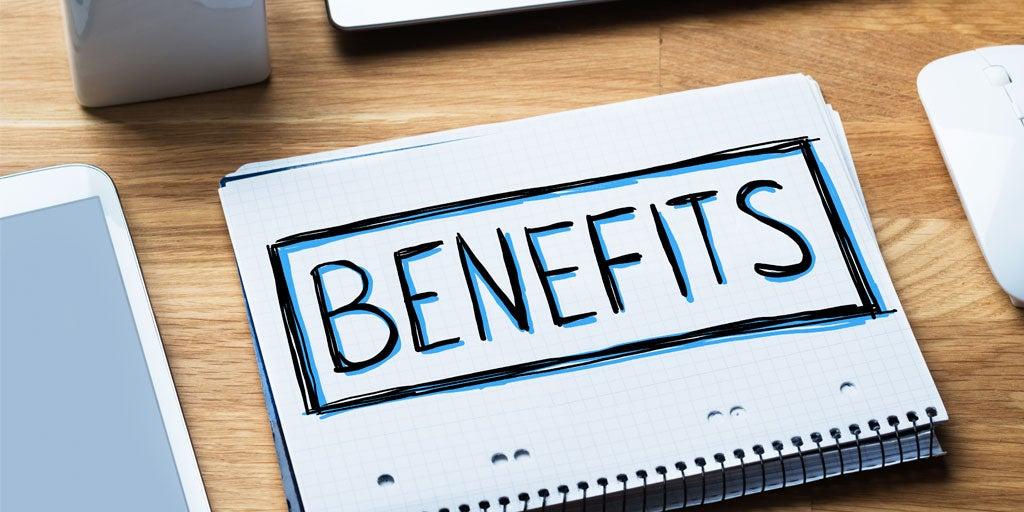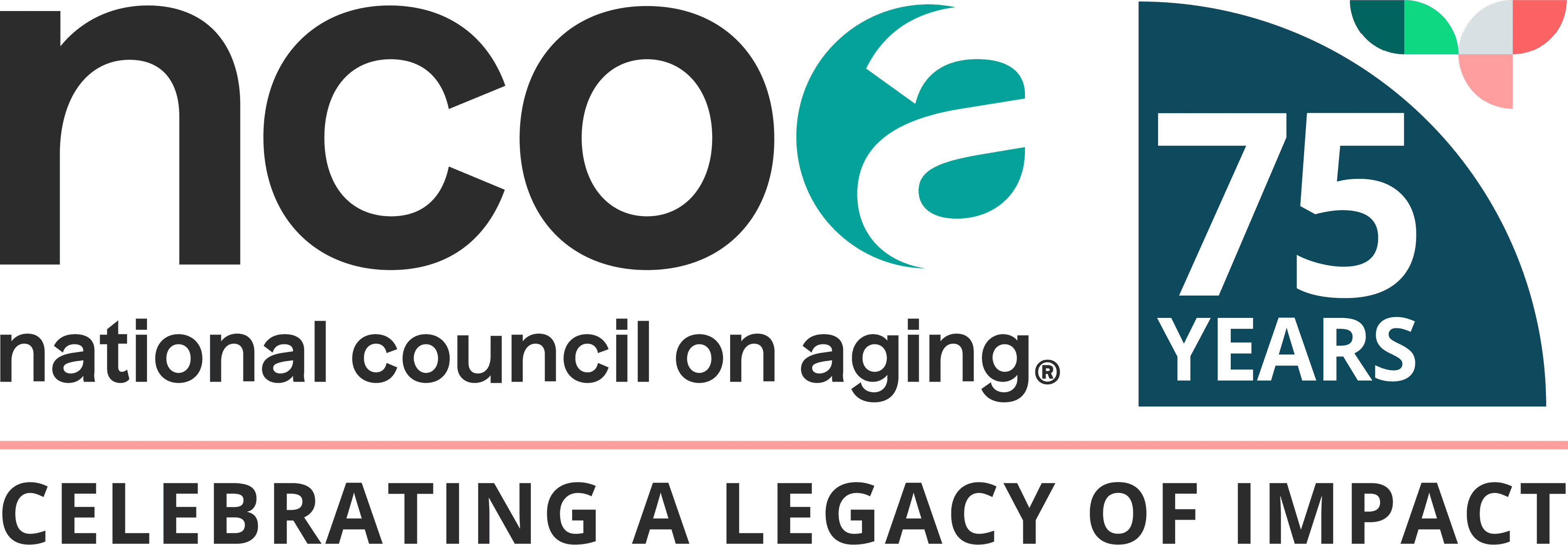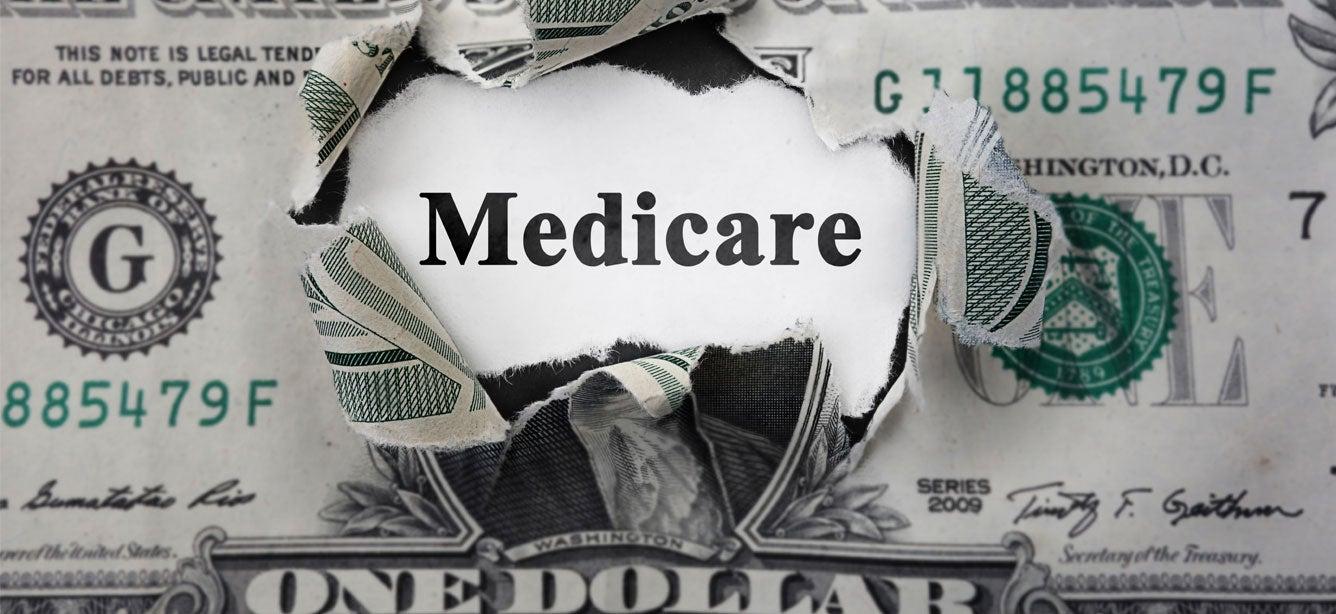
Medicare is a federal health insurance program for older Americans. But it's not free, and out-of-pocket costs for Medicare premiums, co-payments, co-insurance, and prescriptions can add up. Fortunately, there are programs available that can help Medicare beneficiaries afford their healthcare and prescriptions as well as other basic living costs.
Our core benefits "cheat sheet" helps explain the way benefits for low-income Medicare beneficiaries are administered, and how basic eligibility is determined. This document is updated annually following the release of the Federal Poverty Guidelines (FPL).
Learn which agencies (federal or state) fund the benefit and set eligibility criteria, and how the programs are delivered. Since some states set their own guidelines for programs, benefits counselors are encouraged to contact their state agency for specific guidance.
Benefits programs covered
Click on one of the items below to get more information about how those specific benefits are administered:
- Medicare Part D Low Income Subsidy (LIS)/Extra Help
- Medicare Savings Programs (MSPs)
- Low Income Home Energy Assistance Program (LIHEAP)
- Medicaid
- Supplemental Nutrition Assistance Program (SNAP)
- Supplemental Security Income (SSI)
Core Benefits Cheat Sheet Printout (2025)
NCOA also has this cheat sheet available to print that gets updated annually following the release of the Federal Poverty Guidelines (FPL). Click here to download and print.
Extra Help/Medicare Part D Low-Income Subsidy (LIS) | ||
|
|
Federal |
State |
|
Sets Eligibility Criteria |
Yes |
No Caveat: People enrolled in Medicare Savings Programs are automatically deemed eligible for LIS; because states have the flexibility to establish more liberal (than federal) standards for MSPs, people in those states may be deemed for LIS based on those standards. |
|
Makes Eligibility Determinations |
Yes |
No Caveat: The Medicare Modernization Act requires state Medicaid agencies to accept applications and determine eligibility for LIS, but there has been no federal enforcement |
|
Delivers the Benefit |
Yes, through subsidies paid to Part D plans |
No, but some states supplement LIS via State Pharmaceutical Assistance Program (SPAP) coverage of premiums or cost-sharing |
|
Funds the Benefit |
Yes |
No |
|
How to Apply: Applicants must apply directly through Social Security—either online at www.ssa.gov, at their local office, or by calling 800-772-1213. | ||
Medicare Savings Programs (MSPs):
| ||
|
|
Federal |
State |
|
Sets Eligibility Criteria |
Yes QMB: 100% FPL + $20 monthly income disregard $1,325/mo. for single people SLMB: 120% FPL + $20 monthly income disregard $1,585/mo for single people QI: 135% FPL + $20 monthly income disregard $1,781/mo forsingle people Resource/Asset Limits:4 |
Yes, states can be “less restrictive” than federal criteria. CA, MA, ME, and MN have increased asset limits; AL, AZ, CT, DE, DC, LA, ME, MS, NM, NY, OR, and VT have eliminated asset tests altogether; AK, CT, DC, HI, and ME have higher income limits; IL, ME, and MS have higher standard income disregards
|
|
Makes Eligibility Determinations |
No |
Yes |
|
Delivers the Benefit |
Yes, it pays Medicare premiums and pays increased SSA benefits accordingly. |
Yes, it pays Medicare copay and coinsurance amounts on behalf of QMBs to health care providers (unless the applicable Medicaid payment rate is less than corresponding Medicare payment rate). |
|
Funds the Benefit |
Yes, through the FMAP (Federal Medical Assistance Percentages) for QMB and SLMB, and fully for QI |
Yes, through state share for QMB and SLMB, nothing for QI |
|
How to Apply: Applicants must apply through their local Medicaid office. | ||
Low Income Home Energy Assistance Program (LIHEAP) | ||
|
|
Federal |
State |
|
Sets Eligibility Criteria |
Yes, via block grants to states Eligible households must have income between 110% and 150% FPL, or that does not exceed 60% of the state median income. |
Yes, they can set specific criteria and priorities within federal parameters. Two states and Puerto Rico have set an asset test3 for FY25. |
|
Makes Eligibility Determinations |
No |
Yes, generally through local/county agencies (e.g., Community Action Agencies) |
|
Delivers the Benefit |
No |
Yes, often through vouchers to private heating/cooling suppliers |
|
Funds the Benefit |
Yes |
Yes, federal funding incentives to states that raise local funding |
|
How to Apply: LIHEAP applications are accepted through county/local level low-income energy offices (typically Community Action Agencies), usually for short window application periods each season. | ||
Medicaid | ||
|
|
Federal |
State |
|
Sets Eligibility Criteria |
Yes, broad minimum criteria |
Yes, details must comply with federal law and regulations |
|
Makes Eligibility Determinations |
No |
Yes |
|
Delivers the Benefit |
No |
Yes, through reimbursing health care providers |
|
Funds the Benefit |
Yes, through a federal match called FMAP (Federal Medical Assistance Percentages) ranging from 50% up to 74% |
Yes, subject to FMAP |
|
How to Apply: Applicants must apply through their local Medicaid office. | ||
Supplemental Nutrition Assistance Program (SNAP) | ||
|
|
Federal |
State |
|
Sets Eligibility Criteria |
Yes Income Limits:4 Net monthly income of 100% FPL ($1,255 for single people, $1,704 for married couples) A number of deductions are available for applicants to subtract excess expenses from their income. |
No, but states have an option of setting more liberal income and asset limits, or eliminating asset tests altogether |
|
Makes Eligibility Determinations |
No |
Yes, requires interview and documentary verification of eligibility |
|
Delivers the Benefit |
No |
Yes, through electronic benefits transfer (EBT) cards |
|
Funds the Benefit |
Yes |
No |
|
How to Apply: SNAP applications are submitted to the local SNAP office; most states offer online applications for SNAP, often combined with other programs administered by the same state agency (e.g., Medicaid, TANF). | ||
Supplemental Security Income (SSI) | ||
|
|
Federal |
State |
|
Sets Eligibility Criteria |
Yes |
No, except for state supplements |
|
Makes Eligibility Determinations |
Yes, through SSA |
No, except for state supplements |
|
Delivers the Benefit |
Yes |
Some states allow SSA to deliver their state supplements; others deliver the state supplements separately |
|
Funds the Benefit |
Yes, except for state supplements |
No, except for state supplements |
|
How to Apply: Applicants must apply directly through Social Security by calling 1-800-772-1213 or visiting their local Social Security office. The application/appointment process can be started online at ssa.gov. | ||
Find Out More
2025 Federal Poverty Guidelines
Extra Help/LIS:
LIHEAP:
- Statutes, eligibility guidelines, and funding information from the Administration for Children and Families
Medicaid/Medicare Savings Programs:
- Federal eligibility guidance
- Link to states’ websites and eligibility guidelines from HealthCare.gov
SNAP:
- Federal eligibility thresholds from USDA Food and Nutrition Service
- Link to states’ SNAP policy manuals from the Center on Budget and Policy Priorities
SSI:
- Social Security Administration guidelines on eligibility, resource limits, and more
This resource was supported in part by grant 90MINC0002-03-00 from the U.S. Administration for Community Living (ACL), Department of Health and Human Services. Points of view or opinions do not necessarily represent official ACL policy.
Sources
1. Rounded to the nearest whole dollar. In Alaska, eligibility for QI is up to $2,220/$2,994 and in Hawaii, eligibility for QI is $2,044/$2,756. These figures are based on 2025 Federal poverty guidelines. There is a $20 income disregard factored into these income limits.
2. A burial allowance of up to $1,500 is not counted as part of the resource limit in this chart. States have varying ways of counting this allowance; learn more in this NCOA fact sheet found on the internet at https://www.ncoa.org/article/differences-in-treatment-of-the-burial-disregard/
3. See LIHEAP Heating Assistance Eligibility: Asset Test found on the internet at https://liheapch.acf.hhs.gov/tables/assets.htm for more information on each state’s limits.
4. Income eligibility for SNAP takes places on a federal fiscal year calendar, with FY25 figures using 2025 poverty guidelines through Sept. 30, 2025. Income limits are higher in Alaska and Hawaii. Learn more in this resource from USDA found on the internet at https://www.fns.usda.gov/snap/recipient/eligibility. Most households must meet both a gross and net income test, but households with older people (age 60+) and people with disabilities need only meet the net income test.



